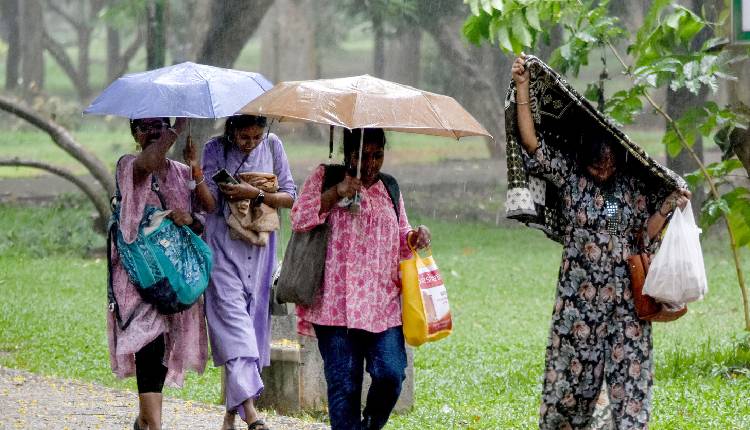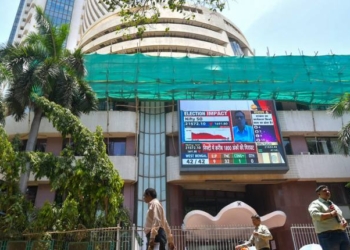New Delhi: India on Monday launched the indigenously developed high-resolution Bharat Forecast System (BFS) to boost tracking of monsoons and improve disaster management.
The Bharat Forecast System was launched by India Meteorological Department (IMD) under the Ministry of Earth Sciences (MoES). It has the potential to forecast with a 6 km resolution — the highest in the world — that will allow the meteorological department to predict small-scale weather features more accurately.
“A major leap in IMD’s capabilities, this breakthrough places India among global leaders in weather prediction. A proud marker of our rise as the world’s 4th largest economy under PM Narendra Modi,” said Union Minister of State (Independent Charge) for Earth Sciences Jitendra Singh, in a post on social media platform X.
The unique forecast system promises to supplement India’s economy by saving on potential losses and simultaneously adding on potential gains.
“The system will boost monsoon tracking, aviation, cyclone and disaster management, agriculture, waterways, defence, flood forecasting, and also support key ministries. Its exclusive highlight is that it focuses and caters to India’s Panchayat level requirements,” the MoS said.
Indigenously developed by the Indian Institute of Tropical Meteorology (IITM), Pune, the BFS has been under experimental testing since 2022, and the data generated from it helped improve the accuracy of weather forecasts by 30–64 per cent, depending on the event—such as monsoon, nowcast (forecasts for the next two hours), extreme rainfall events, or cyclones.
The new system will have a better resolution and geographical coverage. This resolution is advanced in comparison to the previous 12-km Global Forecast System (GFS) used in India so far. This finer resolution will help in more precise predictions of localised weather events like heavy rainfall and cyclones.
Further, Singh informed how the government led by PM Modi has increased the Budget of the MoES.
“When this government came to power in 2014-15, the total budget of the Ministry of Earth Sciences was merely Rs 400–500 crore. Today, it has increased manifold and is approaching Rs 20,000 crore,” Singh said while speaking to reporters.
(IANS)
















